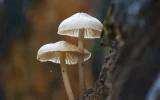Oyster Mushroom Turning Yellow: Try This Easy Fix
The typical color of one of the world’s most famous mushrooms, the oyster mushroom, is either white, gray, or a shade of tan. If you’re a beginner in mushroom farming and you've noticed your oyster mushrooms are turning yellow, you must follow this easy-fix step we’ll share in this article.
Spray a fine mist of water on your oyster mushrooms if they are turning yellow. This is to keep moisture in and avoid drying out, which causes the yellowing. Do not directly spray the mist onto the cap; instead, keep it at least 30 cm away and set the nozzle to the finest drop possible.
Keep in mind, however, that there are oyster mushrooms that are yellow, like the golden oyster mushrooms. We’ll share more exceptions to these oyster mushroom yellowing scenarios as you keep reading below.
Summary
- Oyster mushrooms turn yellow due to insufficient humidity, which causes them to dry out.
- Some mushrooms are actually yellow in color, like the golden oyster mushroom.
- You can fix a yellowing oyster mushroom by applying a fine mist of water, even just on the substrate.
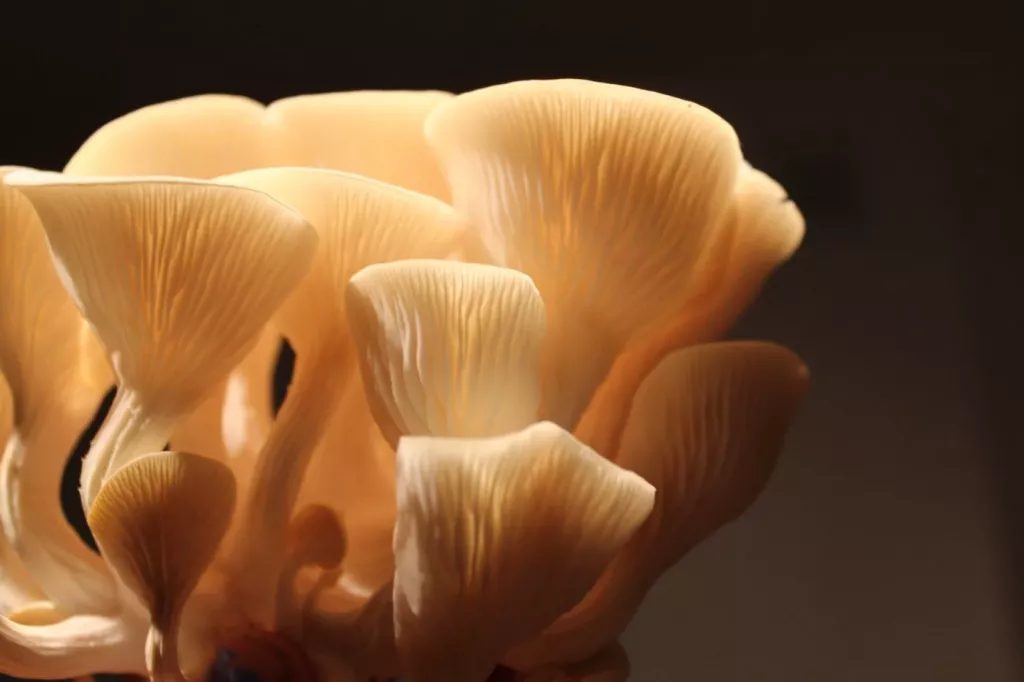
On this page:
Spray Water Mist on Oyster Mushroom that's Turning Yellow
Humidity plays a crucial role in the growth of oyster mushrooms. Insufficient humidity can cause oyster mushrooms to dry out, resulting in them turning yellow and having dark stems and cracks. To delay this process and regain your healthy mushroom growth, spray a fine mist of water from a spray bottle on your yellowing oyster mushrooms.
Be careful, however, as you wouldn’t want to further turn your oyster mushrooms yellow by spraying directly onto the cap. Spray the mist at least 30 cm away and set the nozzle to the finest droplet possible. This is done to also avoid overwatering your mushrooms and turning them into a puddle.
Alternatively, since spraying directly from spray bottles will be a little tricky, you can opt to use high-pressure atomizing misters to create the ideal environment for humidity. There are a few options for misters that you can choose from depending on the allotted budget.
Some options to consider are home humidifiers, ultrasonic misters, hydrofoggers, aquafoggers, carbonator pumps, and atomizing nozzles.
Although low humidity is the usual cause of yellow oyster mushrooms, there are several other reasons that can change the color of your mushrooms. If the humidity is too high, your mushrooms will be covered with a yellowish coating.
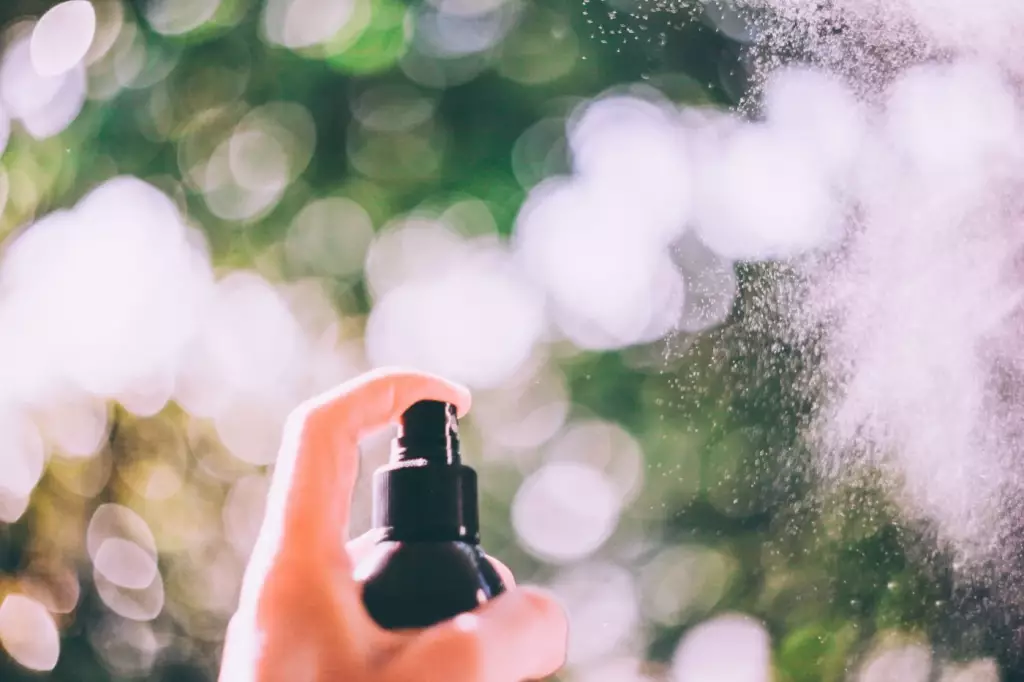
In these scenarios, it’s best not to water the fruiting body of the mushrooms directly. Only the substrate must be watered in this case. If the substrate is moist enough, your mushrooms will not dry out.
Yellowing Oyster Mushrooms Are Caused by Insufficient Humidity
Some important requirements to successfully grow oyster mushrooms are having a nutritious growing media, maintaining optimal temperatures of 68–75 °F (20–24°C) during colonization, and a temperature of 50–77 °F (10–25°C) during the fruiting stage.
Fresh air exchange, an internal substrate temperature of no more than 77–89°F (25–32°C), indirect or low light, and relative humidity levels of 80–95% are also important requirements in growing oyster mushrooms.
If you’re a beginner in mushroom farming, the best place to start is growing oyster mushrooms. Oyster mushrooms are easy and fast to grow and are very hardy. They are also very popular because of their flavorful taste.
Oyster mushrooms have gills lining the underside of the caps, and the caps are sometimes ruffled. They can be found in small clusters, or as individual, large mushrooms.
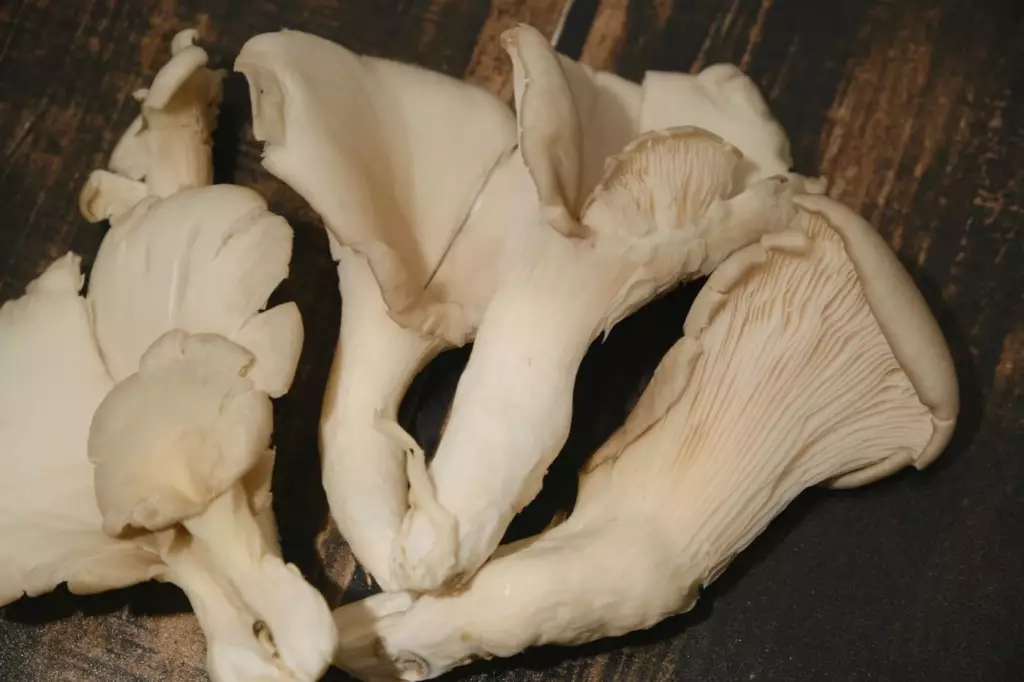
If you want to grow oyster mushrooms at home, you can start by purchasing a mushroom grow kit with a fully colonized substrate block. When you grow mushrooms in these kit bags, you will need to meet a few growing requirements.
The scientific name for oyster mushrooms is Pleurotus ostreatus, and they are also sometimes called pearl oyster mushrooms or tree oyster mushrooms. They have broad, thin, oyster- or fan-shaped caps whose color is either white, gray, or tan.
In some cases, the yellowing of oyster mushrooms can be caused by bacterial strains of Pseudomonas, and these are manifested if the yellowing occurs unevenly on the mushroom caps.
Some Cases of Yellowing Oyster Mushrooms are Completely Normal
Just because you saw a yellow oyster mushroom in the market does not mean that it has abruptly dried out. There are oyster mushrooms that are naturally yellow in color. These mushrooms are the golden oyster mushrooms (Pleurotus citrinopileatus), which are also called yellow oyster mushrooms.
They are famous for their gorgeous yellow color, and they are more difficult to find in the market than pearl oyster mushrooms. They are native to Asia and are harder to cultivate commercially due to their short shelf life and delicate composition.

If your oyster mushroom is not yellow but has turned yellow around the mycelium, don’t panic; this is normal. The yellow parts are pockets where the mycelium is actively digesting nutrients from the substrate and converting them into metabolites.
The oyster mushrooms secrete an enzyme that breaks down the substrate into nutrients to be used by the mycelium. This process produces spots of yellow liquid called metabolites. These yellow pockets in the mycelium are normal and will not affect the edibility of the oyster mushrooms.
Another oyster mushroom yellowing event, which is completely normal, happens when oyster mushrooms sporulate or drop their spores. At this point, they will develop a fishy smell but can still be eaten if cooked properly.
Yellowing Oyster Mushrooms Can Still be Consumed but With Caution
When oyster mushrooms mature, they sporulate, turn yellow, and develop a fishy smell afterward. Some claimed that they were still edible, and no change in taste has been noted, especially when cooked.
However, it’s advisable to consume oyster mushrooms at least 2–3 days after harvesting and before they change color. This is because oyster mushrooms that have darker colors are already not good to consume.
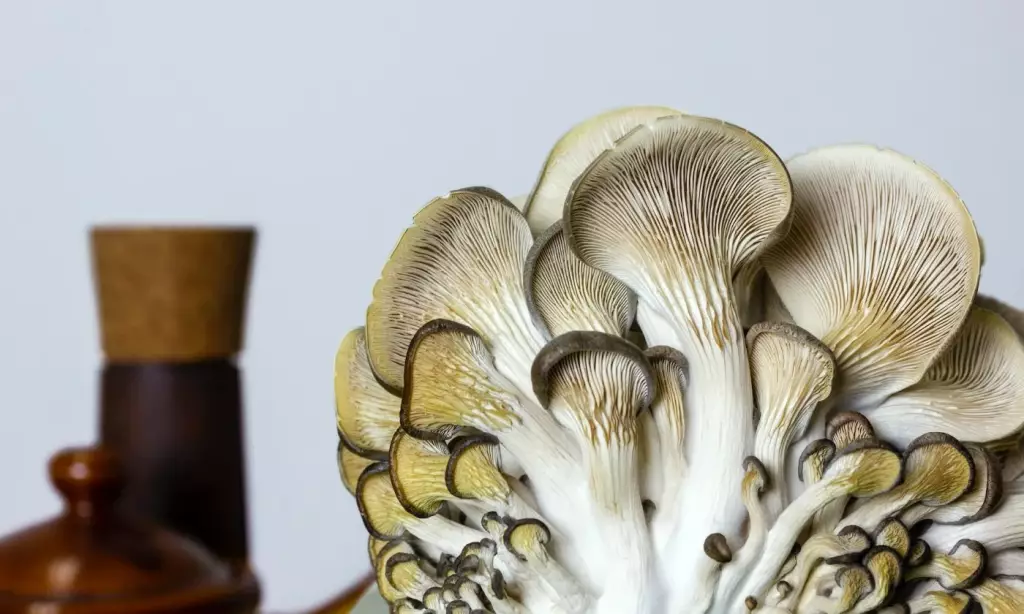
Aside from discoloration, another telltale sign of the oyster mushroom going bad is its texture when you touch the skin of the mushroom. Fresh oyster mushrooms must have a dry texture. The mushroom has gone bad if the texture has become slimy.
Also, freshly harvested mushrooms have dry skin. If the mushroom is dry and hard, it has gone bad. The smell of the mushroom can also give hints of its freshness. Oyster mushrooms normally have a fresh, earthy smell. A pungent, ammonia-like smell is a sign that it has gone bad.


